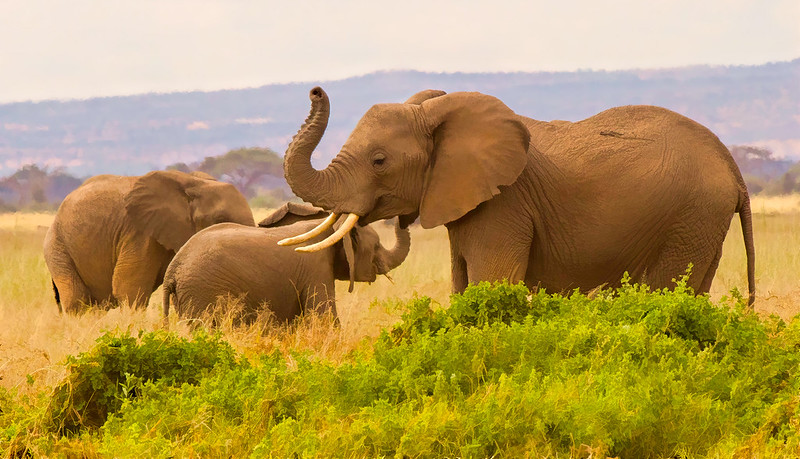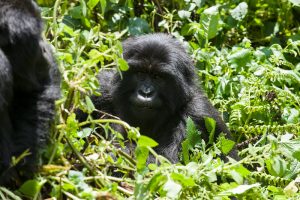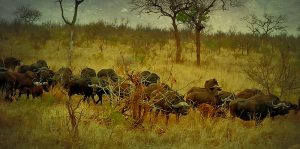Amboseli National Park
This is popularly known as the land of the African Elephant whose landscape is dominated by the snow-capped mountains of Kilimanjaro. It derives Amboseli from the Masaai Language meaning “Salty dust”. Amboseli National Park has huge numbers of wildlife, swamps and the open plains as well as the acacia woodland type of vegetation. The park is located in the south East part of Nairobi in Kajiado County the former Rift Valley Province. Amboseli National Park covers an area of 39,206 hectares in size and spreads towards the Kenya and Tanzanian boarder. This area is for the Masaai people who have an authentic and unique culture.
Attractions in Amboseli National Park
- Wildlife like Volumes of Elephants and Big five (Buffaloes, Lions, leopards, Rhinos)
- Birdlife
- Swamps and lakes
- Cultural encounters of the Maasai people
- Observation Hill
- Mt Kilmanjaro
Activities in Amboseli National Park
- Game drives
- Boat rides
- Birdwatching
- Community and cultural encounters
Where to stay in Amboseli
- Lodges; Amboseli Sopa, Amboseli Serena Lodge, Oltukai Lodge, Tortilis Tented Lodge
- Campsites; Amboseli Campsite
How to get to Amboseli National Park
By Road
This is the most common type of transportation to the park and it will take you approximately 5-6hrs from Nairobi city as you get to do more of sightseeing. The roads are in good condition and but as you get closer to the park, the roads are Marram and you may experience the African Massage. We recommend you use a 4×4 Vehicle and this ranges from Us dollars $200-$350 per day minus drivers’ allowance.
By Air
The air transportation is operated by a few companies that is Safari link which was voted the best park aviation company in Kenya although Air Kenya is also good. All flights take off from Wilson Airport in Nairobi town. It takes approximately 30-35 minutes to reach. The park has a single airstrip at Empusel gate although you can access it through nearby airstrips like at Kilmanjaro Buffalo Lodge and Namanga town.




